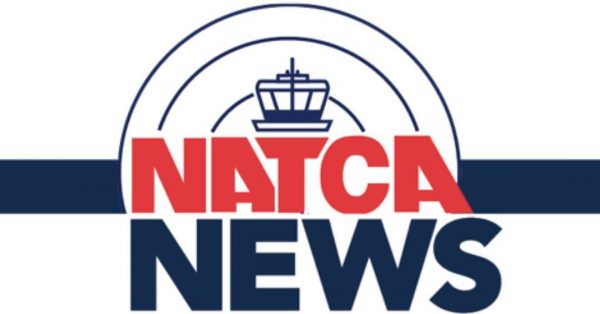
RICH SANTA TESTIFIES BEFORE SUBCOMMITTEE ON AVIATION SAFETY, OPERATIONS, AND INNOVATION
NATCA President States Staffing Targets, Maximum Hiring, and Modernization Must be Top Priorities to Reduce Risk in the National Airspace System
(WASHINGTON) – During his testimony today before the U.S. Senate Subcommittee on Aviation Safety, Operations, and Innovation, National Air Traffic Controllers Association (NATCA) President Rich Santa stressed the need for Congress to pass a long-term, comprehensive Federal Aviation Administration (FAA) reauthorization bill before the end of the year.
The hearing, “Addressing Close Calls to Improve Aviation Safety,” brought together government and aviation stakeholders to offer their testimony before the subcommittee. Santa spoke at length on the challenges that face air traffic controllers and NATCA’s views on how to best address them in both the short and long-term. At the forefront of these challenges is the chronic understaffing of Certified Professional Controllers throughout the National Airspace System (NAS).
“There are over 1,000 fewer Certified Professional Controllers than there were a decade ago,” Santa said in his opening statement. “We cannot continue to follow the same flawed controller staffing model utilized by the FAA after more than a decade of missed hiring goals and missed staffing projections. A new approach is needed.”
The controller staffing shortage has led to the FAA implementing mandatory overtime to cover chronically short-staffed facilities. More than 40 percent of air traffic controllers regularly work six-day workweeks. To address this shortage, Santa testified that the FAA must adopt the updated and more accurate operational staffing targets developed by the Collaborative Resources Workgroup (CRWG), a joint workgroup comprised of the FAA’s Air Traffic Organization and NATCA, whose work was verified and validated by the MITRE Corporation.
“These CRWG staffing targets need to form the basis for the FAA’s annual Controller Workforce Plan moving forward, so that Congress and the aviation industry have a complete and accurate view of the staffing needs of the Agency,” Santa stated.
Santa stressed that to meet the updated CRWG staffing targets, which have been included in the U.S. Senate Commerce Committee’s draft FAA reauthorization bill, the FAA must commit to long-term maximum hiring.
“In order to reach the CRWG staffing targets, the FAA must hire to the maximum throughput of the FAA Academy for more than just the next five years,” Santa said. “We are thankful for the bipartisan group of Senators who have cosponsored The Air Traffic Controllers Hiring Act of 2023, which we believe should be included in the Senate’s base reauthorization bill.”
Santa also called on the FAA to increase its funding request to Congress for its Facilities and Equipment (F&E) Budget. Congress has always met the Agency’s stated need, but the FAA has consistently requested less than it needs. It hasn’t even adjusted for inflation. Failure to increase F&E funding will continue to prevent the agency from meeting its equipment sustainment, repair, replacement, and modernization needs.
“Moving to a fix-on-fail model has led to the FAA’s inability to maintain and replace critical safety equipment that has exceeded its expected life, introducing unnecessary risk into the system,” Santa said. “The failure of the U.S. NOTAMS System earlier this year was a glaring example of this risk. Funding limitations also have delayed the FAA from designing and implementing new technologies to improve safety, such as an airport surface surveillance situational awareness tool to address runway incursions—a top safety concern.”
Santa also raised concern about the risk of a government shutdown later this month that would force the FAA to suspend hiring, close its training academy, and delay modernization.
FOR MORE INFORMATION:
Galen Munroe, Deputy Director of Public Affairs; 202-220-9802, [email protected].
-30-
The National Air Traffic Controllers Association (NATCA) is a labor union and aviation safety organization in the United States that represents nearly 20,000 highly skilled air traffic controllers, engineers, and other aviation safety-related professionals. NATCA was certified in 1987 by the Federal Labor Relations Authority to be the exclusive bargaining representative for air traffic controllers employed by the Federal Aviation Administration. Today, NATCA is one of the strongest labor unions in the federal sector and represents a range of aviation safety professionals in 15 FAA bargaining units, five Department of Defense air traffic facilities, and 123 federal contract towers. These air traffic controllers and other aviation safety professionals make vital contributions to the U.S. economy and make modern life possible by coordinating the safe, orderly, and expeditious movement of one billion aviation passengers and millions of tons of freight within the National Airspace System each year. NATCA is headquartered in Washington, D.C., and is affiliated with the AFL-CIO.

